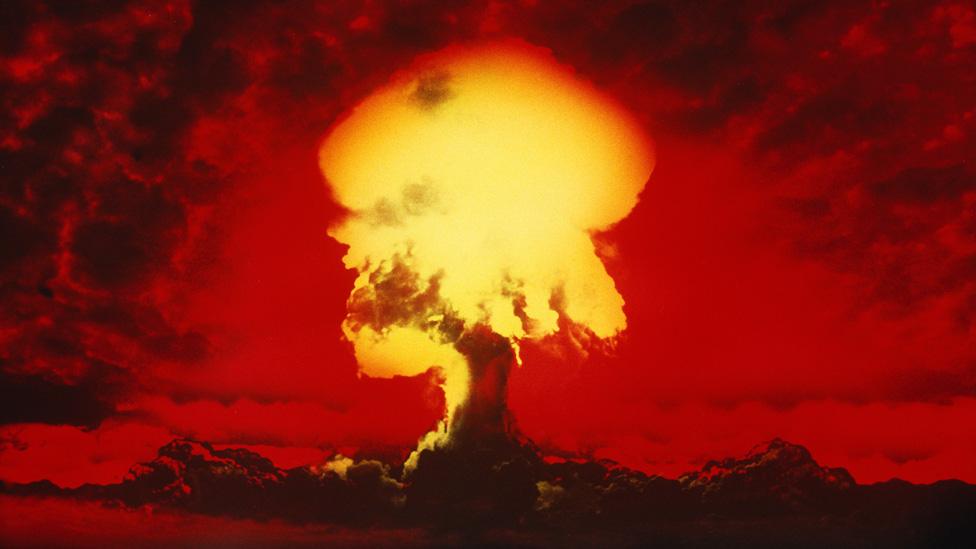Swansea unveils digital Blitz archive for anniversary
- Published

Lower Goat Street and Caer Street were some of the streets left in ruins after the three-night blitz
Digital archive footage will be seen for the first time in commemoration of 80 years since the Blitz.
The three-night raid on Swansea in 1941 killed 230 people, injured almost 400 and left the city centre in ruins.
Among the commemorations, an index of Swansea civilians who died in World War Two, called Civilian War Dead, will be digitised for the first time.
Artists, filmmakers and historians have also helped prepare events for the anniversary, which starts on Friday.
The raids on Swansea were part of the The Luftwaffe bombings in 1940-1941.
About 35,000 incendiaries and 800 high explosive bombs were dropped on Swansea raids and the fires could be seen from the other side of the Bristol Channel in Devon.

Heathfield Street in Swansea following the Blitz
Robert Francis-Davies, Swansea council's cabinet member for investment, regeneration and tourism, said the commemorations were an opportunity for residents to remember one of the most significant events in the city's history.
He said: "We should never forget that the Three Nights' Blitz is a story of lost lives, families left destitute and heroism in the face of terror. The Blitz left much of the city centre in ruins, men, women and children dead and injured.
"Swansea was targeted because of its importance as a sea port in the British war effort and to try to demoralise civilians and emergency services.
"Somehow St Mary's Church, Swansea Museum and Glynn Vivian survived but much else, including Swansea Market, was left in ruins.
"Our teams have put together a selection of online activities aimed at taking us back to those times to see what happened through the eyes of those who were there."
What events are planned?

Castle Street looked very different following the Blitz of 1941
The council's cultural services teams have joined up for a series of events, including live time tweets and Facebook posts to highlight events as they happened during the bombing raids.
They are also broadcasting a short film narrating the story of James R John, a member of the Home Guard who saw the Blitz and wrote about it in his diary.
Apart from online materials, photos and videos, Three Nights' Blitz expert, Dr John Alban, will be presenting an online talk the evening of the first night of the 80th anniversary and local artists will be displaying their interpretations of the event online at Glynn Vivian Art Gallery
Swansea Libraries will also have a digital display about the aftermath of the Blitz, through newspaper articles, shop adverts of the time, and will use Dylan Thomas' radio play, Return Journey as a focus of many online activities at the Dylan Thomas Centre.
Swansea Museum will be sharing rarely-seen images of the destruction of the town centre from a recently-discovered photo album among other artefacts related to the Blitz.
The museum and Swansea Fusion have also produced a video which looks at life in Swansea before, during and after the bombings.
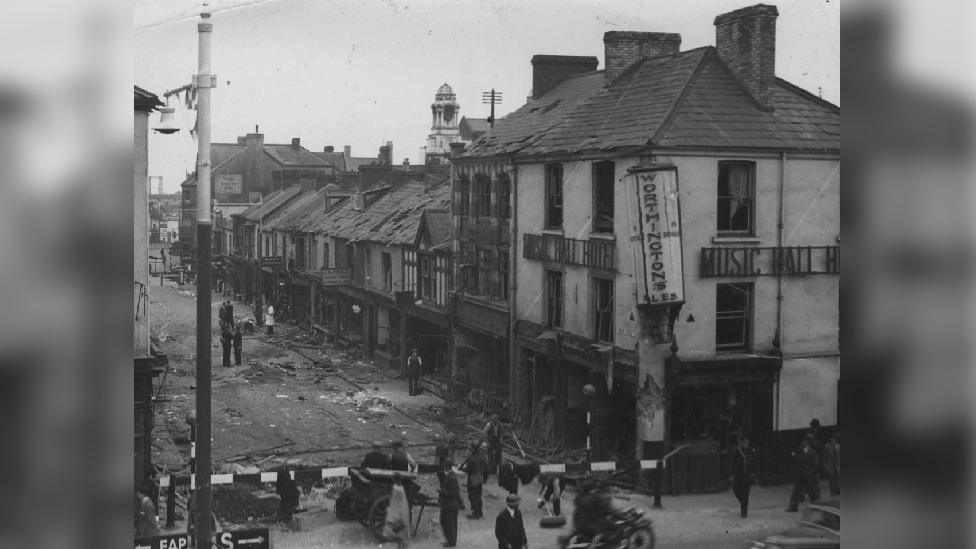
Union Street, Swansea

WINTER LOCKDOWN GETTING YOU DOWN? : 6 Top tips for looking after your mental health
TRY SOME NEW RELAXATION TECHNIQUES: What is mindfulness and how can you achieve it?

Related topics
- Published15 August 2020
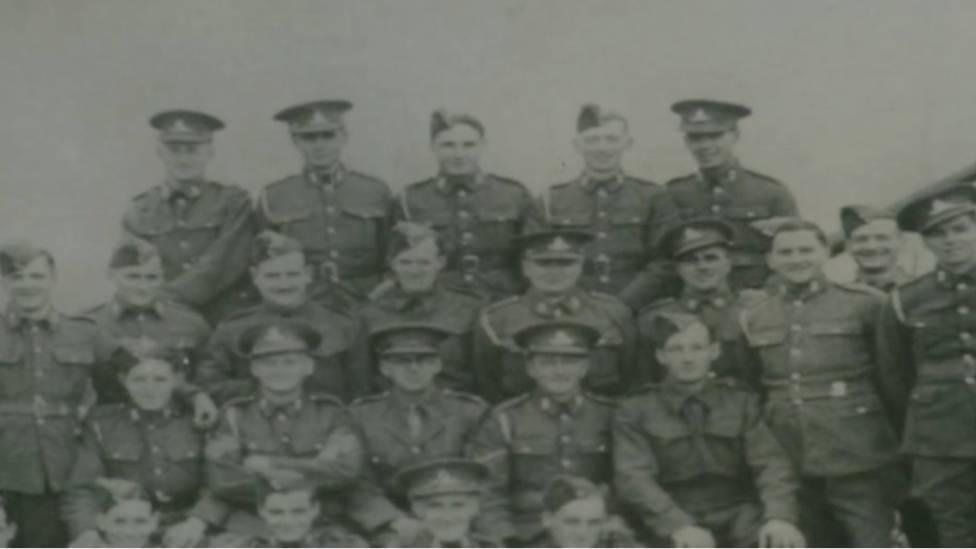
- Published19 February 2016
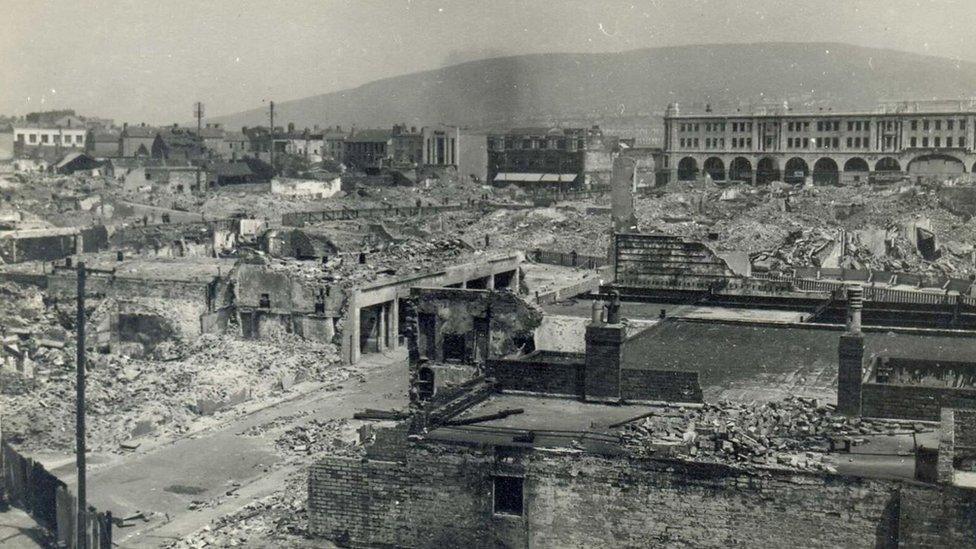
- Published5 October 2019
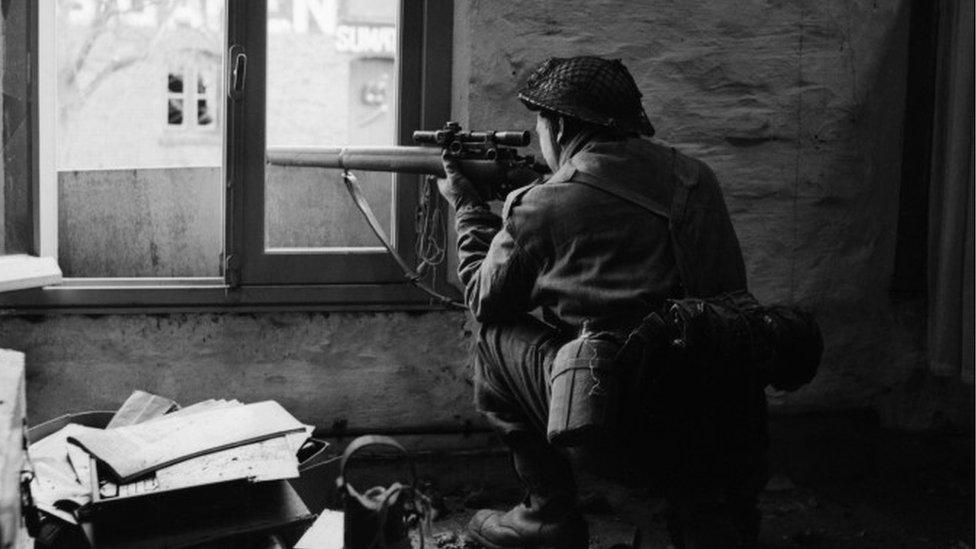
- Published16 July 2015
